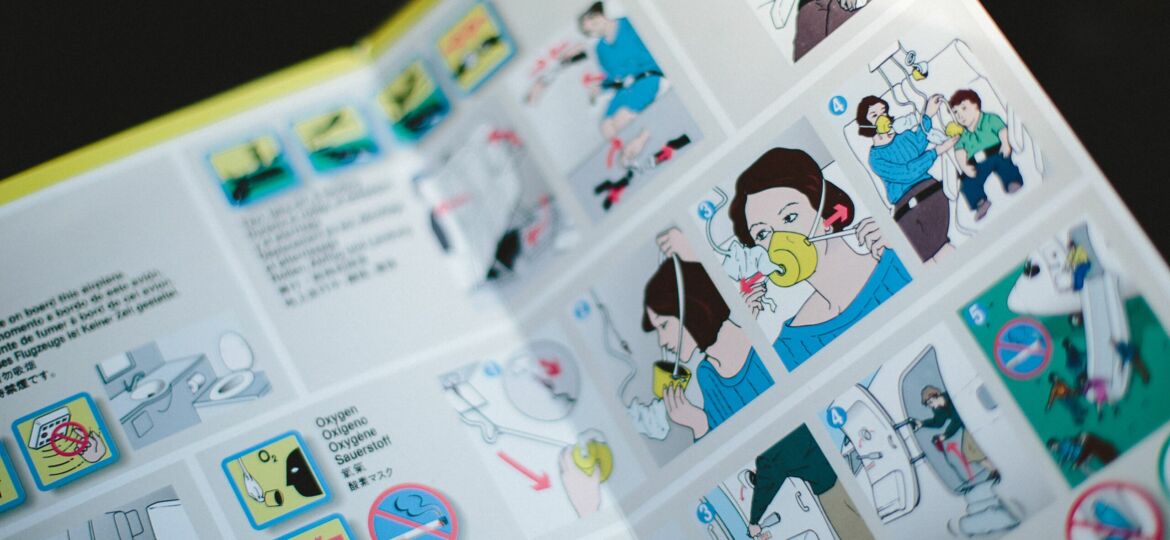
When you board a flight, the safety video tells you that in the event of a loss of pressure, oxygen masks will drop from the compartment above your seat. But have you ever wondered why they tell you to put your own oxygen mask on first before helping others? It’s because without oxygen, we lose strength and the ability to focus. In an emergency, this would actually make us unable to help anyone.
However, as leaders in our organizations, families and communities, how many of us make the choice to ignore our oxygen masks in favor of others? Yet we wonder why we run out of steam by the end of the week, leaving little energy for ourselves or our family and friends.
In a recent leadership event my company hosted, an attendee made an observation that stopped many of us in our tracks. “I hear what you have done for your employees and teams. But what are you doing for yourselves and other leaders in your organization, how are you taking care of each other?”
I see many leaders operating at burnout levels as they try to focus on being a conscious leader for their people. But if we’re not taking care of ourselves—if we’re not getting the oxygen we need—we can’t expect to be there for others in the way we need to be. If you’re struggling to find this balance, here are three tips on how to start prioritizing yourself.
1. Be your own CEO: Chief Energy Officer.
When you’re on the wrong side of burnout, one of the most important things is knowing what kind of things give you energy. Create a list of the things you’re currently doing to manage your own energy. For example, do you take time to read for pleasure every day or have a go-to treat after a stressful week? Then, come up with activities you can add to the list. They can be as small as reminding yourself to do a short deep-breathing exercise throughout the day or as big as changing your morning routine to incorporate time for journaling or meditation. What’s important is determining what you build into your day-to-day life that will help you manage your energy. This will ensure that you’re well charged and capable of providing the guidance and support that your team needs.
2. Do an energy inventory.
When you feel like you’ve been running on low for a while, I recommend an energy inventory. For a full week, do a mental inventory of your energy throughout each day. When your energy feels low, write down the time and what’s happening in that moment, such as who you’re interacting with or what type of work you are doing. Do the same thing when your energy is high.
Documenting your highs and lows will give you a great idea of the things that consistently give you energy or drain you. Once you have that perspective, you have the power to make choices that allow you to spend more time in the energy-producing tasks. You may even find that you can delegate some of the draining tasks to leave that space for you to focus on other things.
3. Take a real break.
For many leaders, this one is easier said than done—especially because I don’t mean just squeezing in 30 minutes between meetings or waiting until the weekend to have free time. That doesn’t create the right energy for creative thinking and problem solving. Taking a true break is being able to disconnect and create space for clarity and thinking. This will ultimately benefit our teams and organizations because you’ll have the energy to examine current processes or generate new ideas that can improve efficiency and productivity. So, get intentional about stepping away from work.
When we’re caught in the middle of burnout, we often forget we have the power to choose how we spend our days. Building in time for whatever you enjoy can increase your energy, which will help ensure you’re ready to engage with work and life fully. So don’t feel guilty putting your own oxygen mask on first. The most effective leaders know how important it is.
Article originally posted on Forbes.com.














